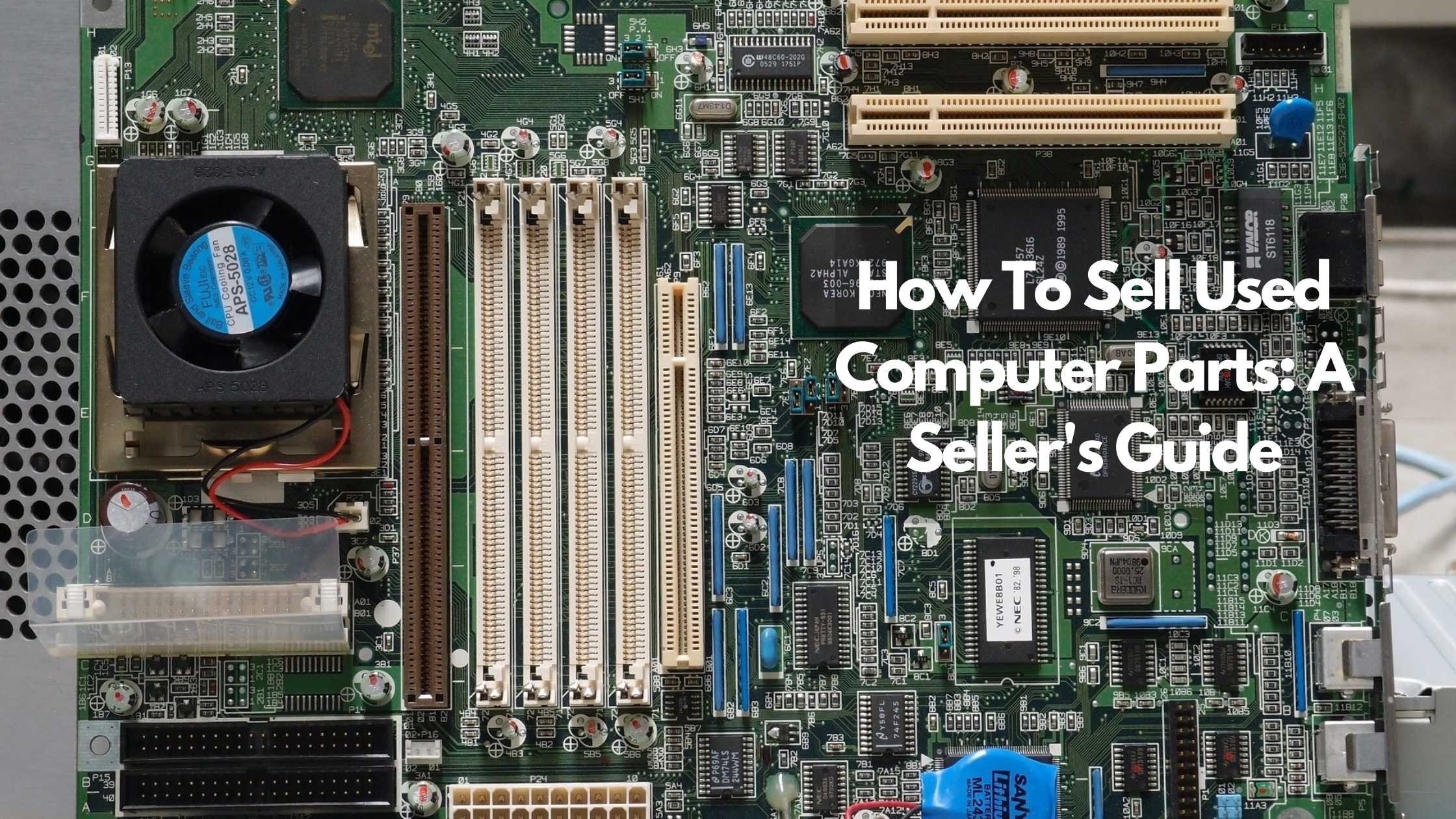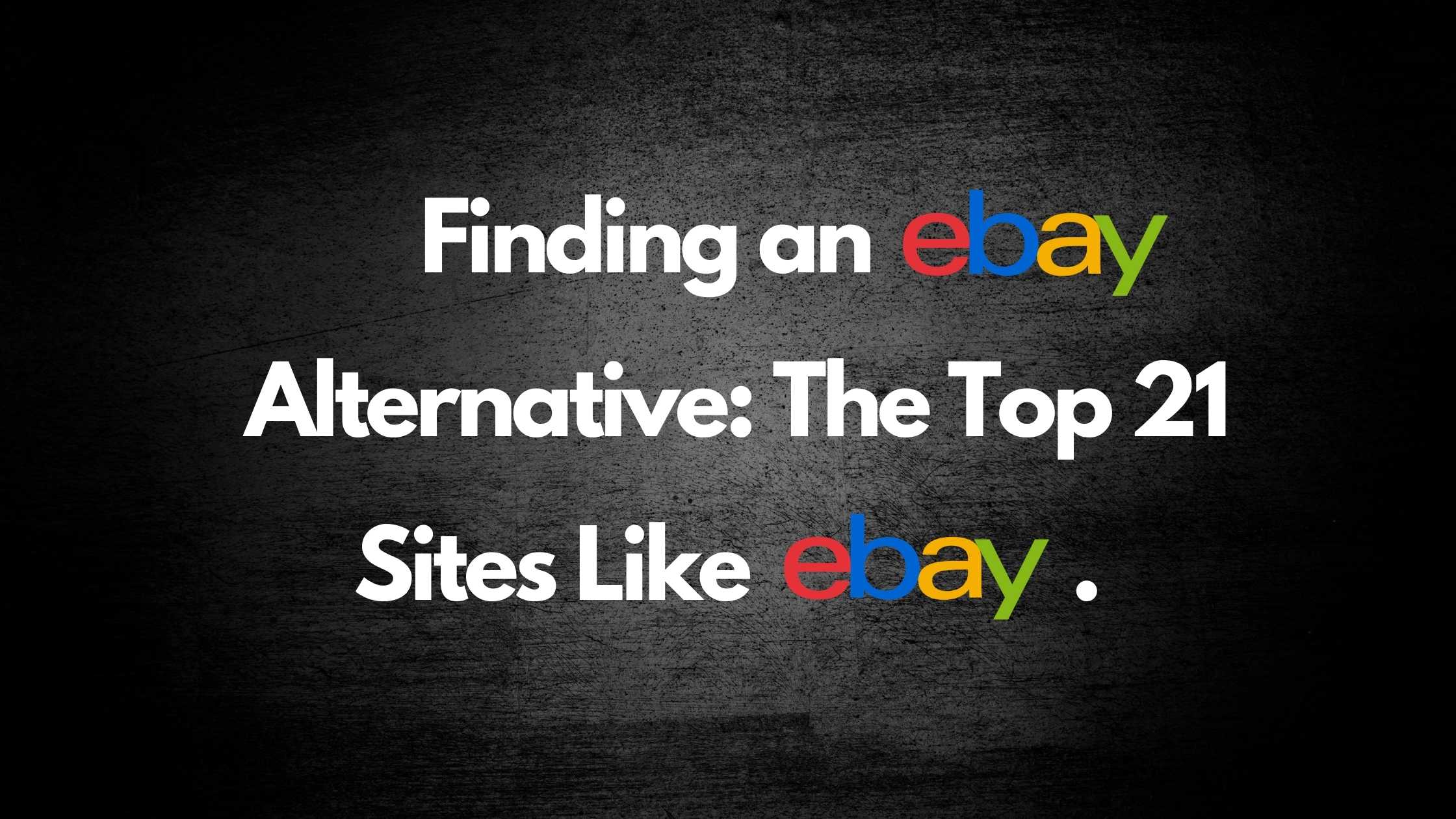
Reselling Shoes – How to Buy Low and Sell High
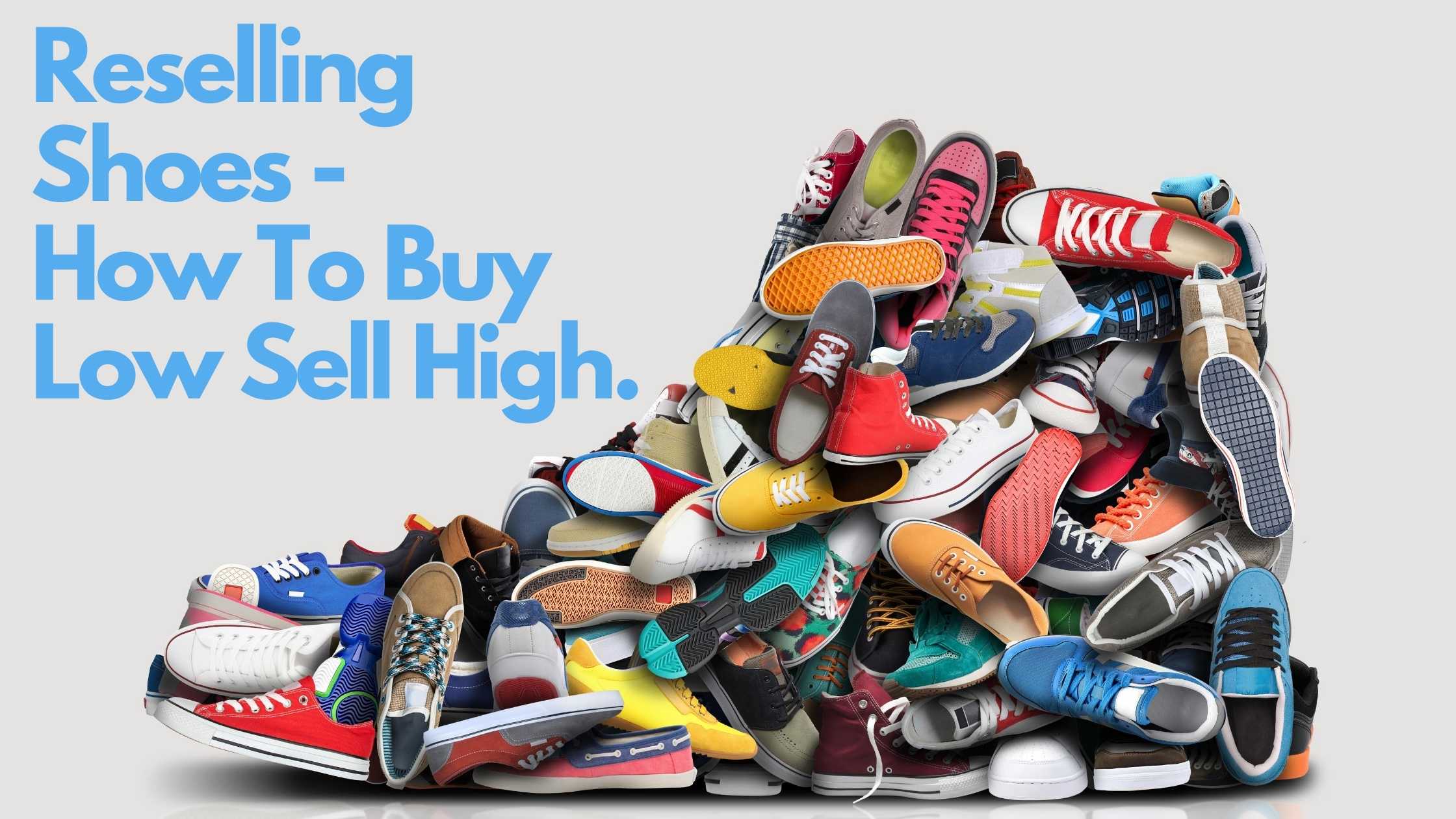
The footwear business is an enthralling and lucrative venture that’s been gaining popularity. There are people to whom it’s a full-time business, and you can make it yours as well.
Everyone wears some type of footwear, and this means that the market is vast and insatiable. You can claim a piece of the industry by starting your own shoe reselling business.
In this article, we’ll give you valuable information on how to start this venture. We’ll share tips on buying low and selling high and how to source the best quality shoes that are in high demand.
Keep reading to learn more.
How can I buy shoes cheap and sell high?
You can buy shoes cheap and sell high by understanding the shoe market and trends that drive it. Know which brands are likely to increase in value and where to acquire them at a low cost. More importantly, there are specific customers for specific shoe brands and types. The skill of finding these is the key to selling at a high profit.
Intrigued? Read on.
How to start buying shoes cheap
Before buying a low priced shoe, it would be prudent to establish it’s value. A critical evaluation is a decisive factor for your success.
This evaluation involves an initial understanding of the market and what drives these decisions. Consider the factors below to help you identify the right pairs of shoes to buy.
- The target market
Why would anyone opt to buy used secondary kicks? The sweat and odor are enough to gross you out, right? Well, apparently, in the face of price, size, and availability, there are people ready to overlook the unsavouriness.
Beyond these seemingly implausible factors, there are some pretty convincing reasons for buying second-hand shoes.
- Unusual foot size: Some people have very narrow, wide, large, or small sizes, and it’s a struggle finding shoe designs in regular retail outlets.
- Replacement: Some people prefer a specific brand or type of shoe. If whatever they have wears off, they immediately replace it with a newer version of the very same brand.
- Brand loyalty: Some people are addicted to labels. They can’t wear anything else, no matter the quality or price.
- Deals: Some people spend time seeking out the best possible price for the best shoe. They’re ardent bargain hunters.
- Status symbols: To others, authority, power, and status are what truly matters. It’s important to them that they fit into these social constructs, and that’s just who they are.
- Collectibles: There’s a group of people to whom rare shoes and limited editions are not to wear; they’re collectors’ items and viable investments that turn significant profits.
- Most on-demand shoes
- Limited editions & rarities: The designers release a few quantities to drive up the demand for these types of shoes. They’re outstanding because of their brand-specific look.
Sneakers and sports slide sandals are at the fore-front and known as bonafide status symbols and viable investments. Popular brands are collaboration trainers like Air Jordan 3 Retro, Nike Travis Scott x Air Jordan 1, Yeezy shoes, among others.
- Designer labels: Casual Fridays have gradually morphed into a week-long trend. Designers have taken note and released luxury designer streetwear sneakers fit for all purposes, from the gym to the office. Popular brands are Lavins, Common Project, Tom Ford, Golden Goose, and more.
- Practical and durable: These days, due to China’s fast fashion, it’s challenging to find comfortable, durable shoes. So, a sizable chunk of workers in the construction and food production sectors are willing to pay for practical and durable shoes.
Popular brands in this category are Ecco, Josef Stiebel, New Balance, and Naot, just to mention a few.
- Men’s dress shoes: Since the sneaker revolution has impacted fashion trends, the good-old sensible dress shoe isn’t likely to be offed soon. The gentlemen’s club will not let it disappear that fast, so a pair or two in the shoe closet remains a staple. Examples are Clarks, Oxfords, Derby, Brogues, Chelsea Boots, and others.
- Outdoor shoes: Travel and adventure are substantial lifestyle activities for a good number of people. Some select boots that are recommended as a must-have are the brogue boots.
- Used shoe sources
Secondary-use shoes are everywhere. From dumpsters, garage sales to thrift stores, and clearances.
For sneakers, dedicated collectors in Britain, Europe, and the US purchase their stashes online, at outlets, sneaker conventions, sneaker communities, swap meets, and other sneaker-focused gatherings.
Other robust sneaker markets that have opened up are in the Philippines, Malaysia, India, and China.
Additional sources are clearance sales at your favorite stores where you can press your luck to find new releases at low prices. Having first-hand information on these releases and when they’re bound to happen will put you in the lead.
Read this article to learn about other platforms where you can source shoes to resell.
For mint new shoes, follow the trends, join mailing lists, and download apps like Frenzy.
Check with the lesser-known stores to increase your chances, like Mr. Porter, HBX, and End Clothing.
Once you’ve figured out the source, another valuable trait is the knack to spot high-sellers.
A brand name is not an automatic determinant of a high-seller.
How to identify high-selling shoes
- A grail: If a shoe is on high demand and it’s not easy to find, it falls into this rare class. Some collectors are known to travel across vast miles to acquire a pair, or even wait for years holding out on prospects.
The most popular grails are for brands like Nike, Air Jordan, Adidas, and New Balance.
- The condition: The look and feel of the shoes has an impact on its inherent value. Changes in color, cleanliness, and smell are some factors assessed by discerning collectors and buyers.
- Type of material: No synthetic materials used in the production of authentics. The manufacturers use expensive high-grade leathers like pebble leathers that don’t crack. The leather is thick to ensure that the shoe doesn’t lose its shape and looks newer for longer.
Some designers also strike a balance between affordability and quality by using tumbler leather.
- Craftsmanship: Sneakers aren’t performance shoes; they’re simply luxury shoes. Their construction is similar to that of luxury dress shoes. The process involves high-quality stitching, tuning, and cold cementing leather onto rubber sole units.
- Smell: Authentic shoes have a rich leather scent when new. Unfortunately, if you purchase a shoe that smells a lot like glue, that’s an indication that it’s been produced cheaply.
- The design: The design can evoke nostalgia driving up value. As of 2016, popular sneaker colors have been Coke white, red and black, reminiscent of the Michael Jordan basketball era, old school hip hop, and new wave music.
Hand-painted sneakers are increasingly becoming popular.
- Specific use: Quality of footwear and the type of flooring materials and surfaces are significant factors contributing to standing or walking comfort and injury prevention. Therefore, there are shoes for specific tasks such as roofing, mining, oil and gas, telecommunication, utility, laborers, machine operators, and others that might cost higher.
- Size: Shoe sizes 9 to 12 are popular, size 10 being the fastest moving shoe size. Also, wide and narrow widths can be challenging to find in a retail store and online.
How to spot fakes
The most counterfeited shoes are the Yeezy Adidas. Counterfeiters have mastered the boost technology, the revolutionary performance shoe technology by Adidas that hit the pavement in 2013.
To verify the authenticity of these shoes, experts use weight, sniff, and blacklight tests.
Some sellers employ “hardcore master-level sneakerheads’’ to inspect every shoe, including packaging, labels, stitching, and glue. Whereby they issue certificates to verified products.
When identifying a real from a fake, it all comes down to craftsmanship, detail, and the material used.
Here are some tips for identifying fakes.
- Genuine shoes are defined by superior stitching, build, and the label’s font style, which is always 99.9% different from those of fakes.
- Excessive glue stains on the midsole are another indication that it’s a fake.
- Something else, check on the inside size tags of sneakers, the inside, and their box labels. Study the tags, the colors, and the details. On the inside of the shoe, there’s the size tag where you’ll see some numbers. Check the last number on the bottom of the tag on the right and left shoe. The last four digits of those numbers should be different.
- For leather and suedes, check for flexibility of the shoe. Nike, mainly, is huge on comfort.
The challenge is that counterfeiters are always improving and adapting. Hence, the trick is to develop the innate skill of identifying fakes over time.
How to deal with scammers
- If the item is new, ask for the original purchase receipt or any proof of purchase.
- Only purchase from sites that have a return policy and can actively protect you from fraud.
- Ask for authentic photos. You could ask the seller to take a picture of the shoes while holding the day’s paper.
- When you ship, include tracking, signature required, and insurance.
- Trust your instincts. If your due diligence checks out, but your gut is still nagging, cancel the transaction.
With time, as you gain expertise, you’ll be quick to pick up deceptive vibes.
How to maintain the shoes’ value
- Store in an air-conditioned, no-humidity, and dark space, because light can cause yellowing, which devalues your shoes.
- Always clean your shoes and wash the insoles with bleach or vinegar. Then ensure they’re well dried.
- Comic book collectors recommend mylar for having significant protection values. You can store the shoes in these to keep them looking good.
- Be honest about the quality of the shoes to your buyers. Make sure you describe flaws vividly. Some beaters can fetch a pretty dollar, especially if in high demand.
Strategies for selling shoes high
Before the pandemic, the sneaker resale market, which is the most vibrant segment of the shoe resale business, was forecast by Cowen & Co. to reach $6 billion by 2025.
Even though resale values have somehow dropped by 5 to 10% margins, reselling continues unabated. However, while there continue to be several upsets, some anticipated new releases opted to postpone until the situation eases up.
Interestingly, the premiere of Michael Jordan’s Last Dance series on Netflix led to the sale of 217 pairs of the 2015 Air Jordan 1 ‘Chicago’ retro trainer at an average price of $925. In the two weeks since the series first aired on April 19, 60 pairs of the model sold at an average price of $1,241.
What’s imperative now is the restrategizing for most of the sellers. It’s predicted that although there’s some withheld spending in the interim, there’ll still be a lot of interest in the limited editions and hypebeasts.
For now, sit back and wait to see who’s selling what. By doing so, you can expand your inventory at affordable prices. For example, sources recommend that you stay on the lookout for all Air Jordan 1 High OGs.
The reasoning behind this is that their prices are lower than they have ever been before due to COVID-19 destroying the Chinese market for sneakers. Usually, there is a high demand for 1s in China.
Here are some practical strategies you can use to help you sell your shoes high.
Intense research
The sneaker market is similar to the stock market. You’ve got to keep abreast at each turn. Study and understand the most sought after products like Jordans, Nikes, and Adidas.
Don’t amass inventory.
Pick out the two most popular ones and build your expertise. Read voraciously and follow all news media on the sneaker culture.
Keep checking prices on popular sneaker marketplaces and calculating your profit margins.
StockX is one of the best places to start. Their ‘market watch’ function will allow you to track, stock exchange-style, which shoes are worth your valuable time and money
Cultivate relationships with industry mavericks for hard to find information. Check-in with sources on who might have a rough idea of how many pairs of shoes are due for release.
- Gain specialist knowledge
If your goal is to make immense amounts of money, it’s essential to be patient and become a skilled reseller. It takes a lot of work, networking, and time to build specialist knowledge.
Some people give up after losing money on a drop or when they fail to get a release.
Learning to pick out the high sellers and waiting for them to build value is how you’ll start making a significant fortune. The longer you hold, the higher the chances the value will go up.
Some shoes will immediately earn you 5 to 10 times the drop price, while others will move 3 to 5 times the markup. Though getting them is tough work, you’ll either enter a raffle or camp out for a couple of days. But if you get them, it’s like hitting the jackpot.
It’s also worth specializing in a specific type. For instance, don’t rely on hypebeasts, which have no guarantees. You could choose to focus on value over time, expensive retro, and rare shoes.
- Build a reputation
Create a highly informative YouTube channel where you not only push sales but inform and create awareness.
Only buy from credible sources to build a valuable supply chain. Sources that care about their reputation can always be trusted.
To be 100 percent certain, buy from somewhere that has a return policy.
- Create or join online communities
Some sellers like SoleSupremacySales and TheCoolShoeShine have been known to move up to $10 million worth of inventory each year.
How the heck do they achieve this? By immersing in the drop culture because it’s a way of life.
There are vibrant sneaker communities and conventions where you can get a pulse on what’s happening. While at these conventions and forums, don’t be an aggressive seller; build your profile first as a sneakerhead or enthusiast. Concentrate on building connections and reliable networks.
- Look for relevant chat groups.
There are also chat groups called Cook Groups that meet on Facebook Messenger, Discord, or Slack. They’re made up of elite sneakerheads, sneaker resellers, fanatics, and collectors. These groups discuss everything about sneakers, upcoming releases, monitor drops, compare bots, and much more. They gather information from family, friends, or acquaintances employed at their favorite stores and brand stores.
- Sneaker apps
Before you can up your follower count, reseller apps like GOAT and StockX can give you visibility as long as your product is on demand. Having an ear on the ground for stuff that’s going to blow up will serve you well.
Learn more about how to successfully sell used shoes online in this article.
The best shoe reselling sites
- Sheepbuy: Your chances of making a high profit are maximized on Sheepbuy since you don’t pay a commission on your sales, unlike other platforms like eBay, Amazon, or Thredup.
Moreover, if you plan to sell a low volume of shoes, you can start with our free basic tier and enjoy up to three active listings at absolutely no cost. If you intend to sell a higher volume, consider one of the paid tiers, which are quite affordable, ranging from $2.99 & up per month. Find out more about Sheepbuy’s packages here.
- Ebay: It is an established marketplace, it’s a great place to sell shoes, but you get hit with commission fees.
Though due to its popularity, it has higher listings and selling fees than other sites. Remember to factor in extra costs on shipping, packaging, and commission into your pricing.
However, if the fees are too much for you, click here to learn more about where you can sell online for free as you start.
- StockX: This is a selling site that focuses on hype stuff like sneakers and streetwear. Every seller pays a listing fee and a 3% processing fee. The listing fee is pegged on sales. The more sales, the less the fee. Your payments are made through PayPal or into your bank account.
- GOAT: This app is purely focused on sneaker shoe resale. If you’ve got Jordans or Yeezys, this is your best bet. To start, you’ll have to make an application that could take days to get approval.
Sellers are rated and pay higher if there are issues. Once the shoes sell, you’ll receive a prepaid shipping label. Once the item is authenticated, you can receive the payout via PayPal or direct deposit. There’s a 2.9% fee for both.
- Poshmark: It is an app and website that lets you sell your used shoes but, commissioned based. Your designer stuff will do really well, but the regular items not so much.
For sales under $15, you’ll pay $2.95 and for over $15, about 20%. Payments are made within three days of the sale into your bank account. You can opt for a check in the mail, depending on your stated preference.
For some tips for selling shoes online, read this informative piece.
The comfortable and durable high sellers of 2020
There’s a huge market for practical, comfortable, and durable shoes. Good shoes can ensure that you can continue with an active lifestyle of traveling, exercising, working a part-time job, or whatever activity you desire.
These shoes maybe found on sites like Sheepbuy, eBay, and Etsy, at affordable rates.
Here are the highest sellers;
- Eccos: This is a supportive and well-padded shoe for men who work on hard floors standing all day and suffer from heel pain and plantar fasciitis. The cushioning and arch support offered by this pair of shoes absorb shock and prevent heel pain and foot pain.
- Josef Siebel: They started in 1886 in a small German village. Its philosophy is of premium quality in materials, the best craft, and comfort. These standards make it famous as The European Comfort Shoe.
- New Balance: They’ve got high-quality features like premium support, cushioned midsoles, and multi-directional rubber outsoles for traction. An added appeal is that they’re unique, stylish, and adaptable for everyday life.
- Naot: It is an Israeli shoe and sandal manufacturer. It opened in 1942, started as a small kibbutz factory producing work boots. Their products include a variety of shoes and sandals for men, women, and children with special insoles that conform to the shape of the wearer’s foot.
The most valuable rare find
Nike Air Mag Back To The Future
Nike has enjoyed plenty of iconic sneakers throughout its history, but none has reached the level of the Nike Mag.
It was made famous in the 1989 movie, Back to the Future Part 2, but never technically existed until 22 years later when Nike launched it for the first time on Sept. 8, 2011.
Only 89 pairs were ever made and they moved for $45,000 on GOAT. That rarity is what every collector and reseller craves.
The most expensive sneaker ever made
Solid Gold OVO x Air Jordans
These 24-carat gold sneakers sold for $2 Million. They were created by American artist Matthew Senna and are the most expensive pair of kicks ever designed. Singer Drake collaborated with Nike to make them. Each shoe weighs 50lbs!
The most anticipated drop of 2020
The Air Jordan 1 OG Dior Sneakers
This is the most coveted sneaker shoe of 2020.
It’s the first-ever collaboration between high-end fashion and streetwear. The release was timed to celebrate the 35th anniversary of the release of the Air Jordan 1.
Made in Italy, this Dior x Air Jordan collaboration features the signature Dior pattern. On the Swoosh, a Dior-stamped sole, “Air Dior” branding, a clean white and grey color scheme amongst other unique details.
On June 25, about 5 million people registered to shop for it against a release of 8000 pairs only. The drop price was $2,200 and is now reselling for $14,000 on marketplaces like StockX. The shoes are priced at $2,000 for the low-top version and $2,200 for the high-top model.
A total of 13,000 pairs of the coveted shoes were produced, with 5,000 pairs offered to Dior’s top clients, each of whom received a personal invitation. Within 9 hours, 8000 pairs had already been identified on a first-come, first-serve basis.
Related Questions
Is reselling illegal for luxury shoe brands?
It’s perfectly legal per the principles of commerce. Once purchased, shoes lose some value, and they automatically become second-hand products. Thus, if you choose not to use it and instead store it in the original package, you can sell it later for more than you purchased it. You’ve legally cashed in on an intrinsic value that can’t be controlled or claimed by anyone.
In conclusion
Buying and selling shoes is a business with global potential. To thrive in this business, these are the key things to consider.
- Target Market
- Most in-demand shoes
- The best sources
- How to sell them high
Finally, in case you’re thinking about selling your shoes, consider listing on our very own Sheepbuy. We won’t charge you any selling commission or hidden fees. It’s a great place to start your shoe-selling business.
Recommended Blog Posts:
TRENDING


Online Arbitrage for Beginners (Step-by-Step Guide)
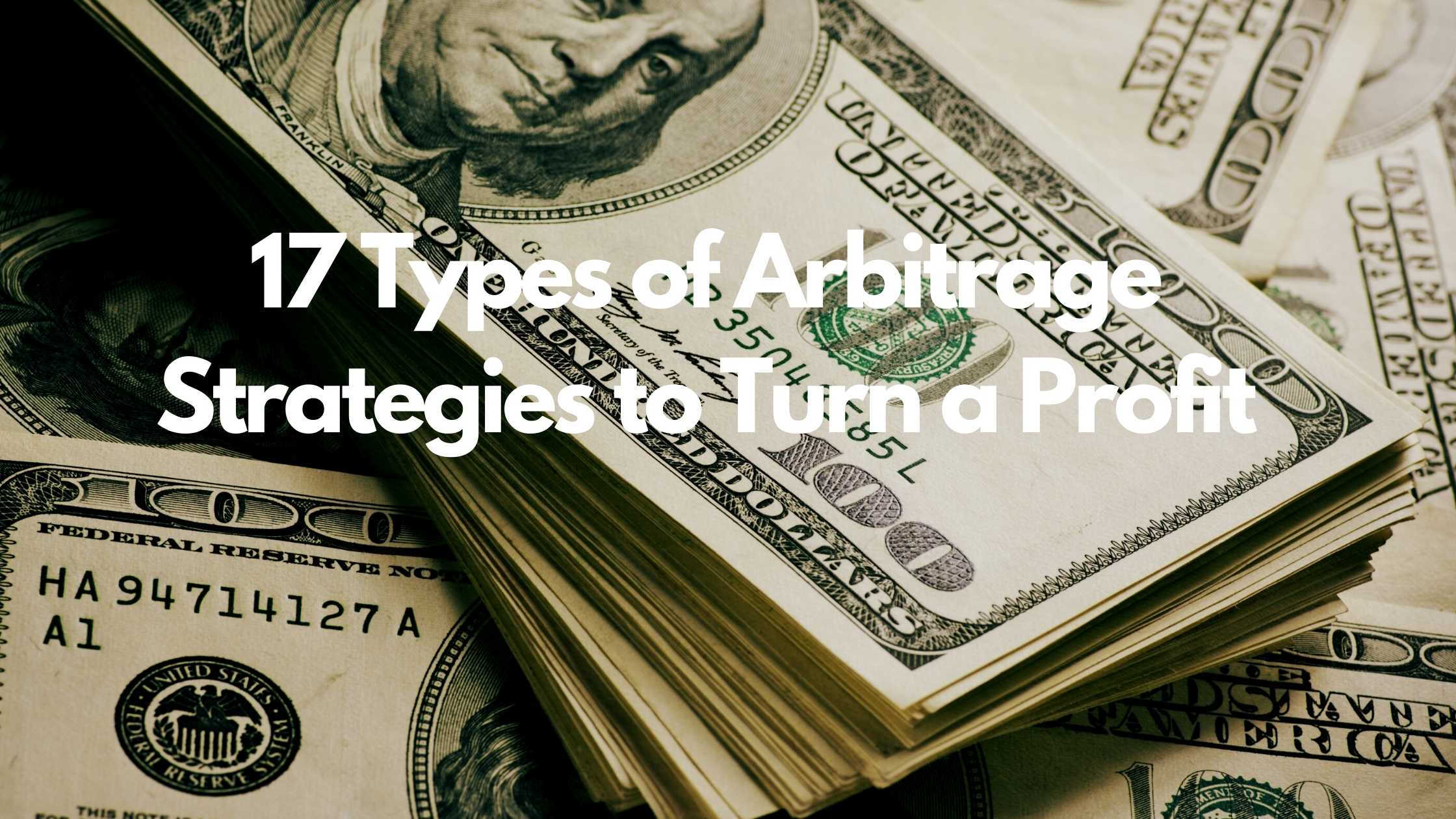
17 Types of Arbitrage Strategies to Turn a Profit
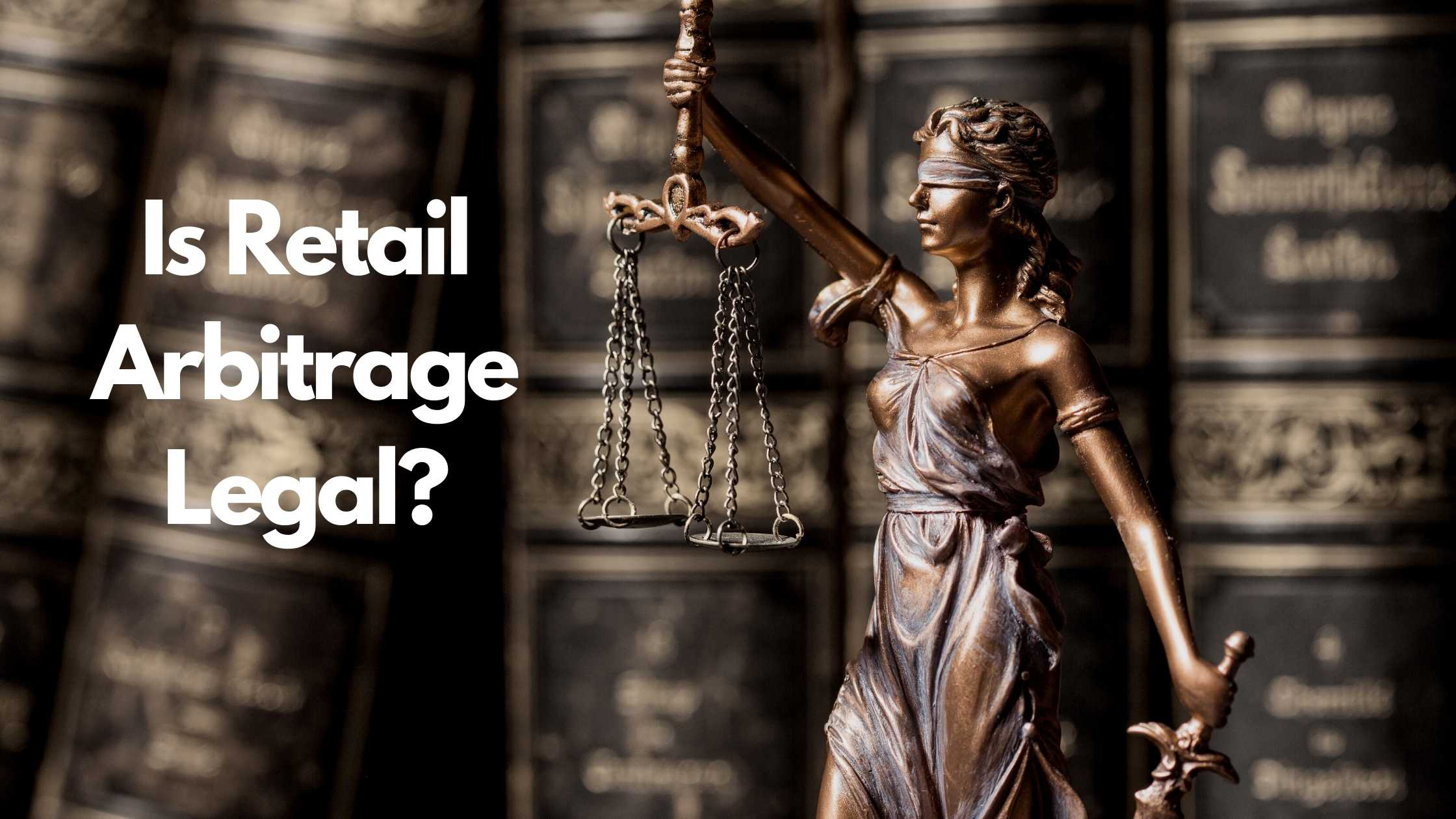
Is Retail Arbitrage Legal?
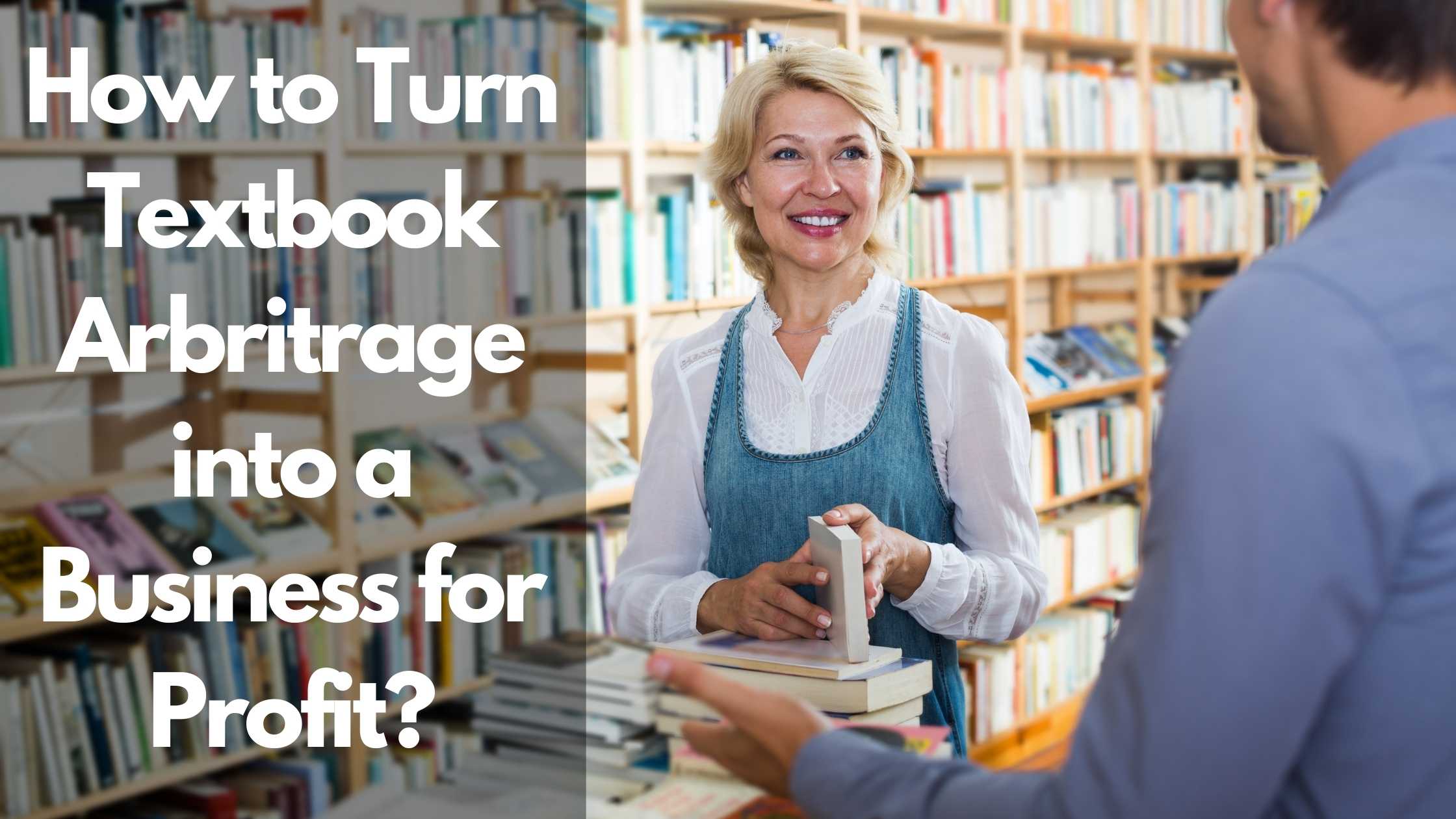
How to Turn Textbook Arbitrage into a Business for Profit
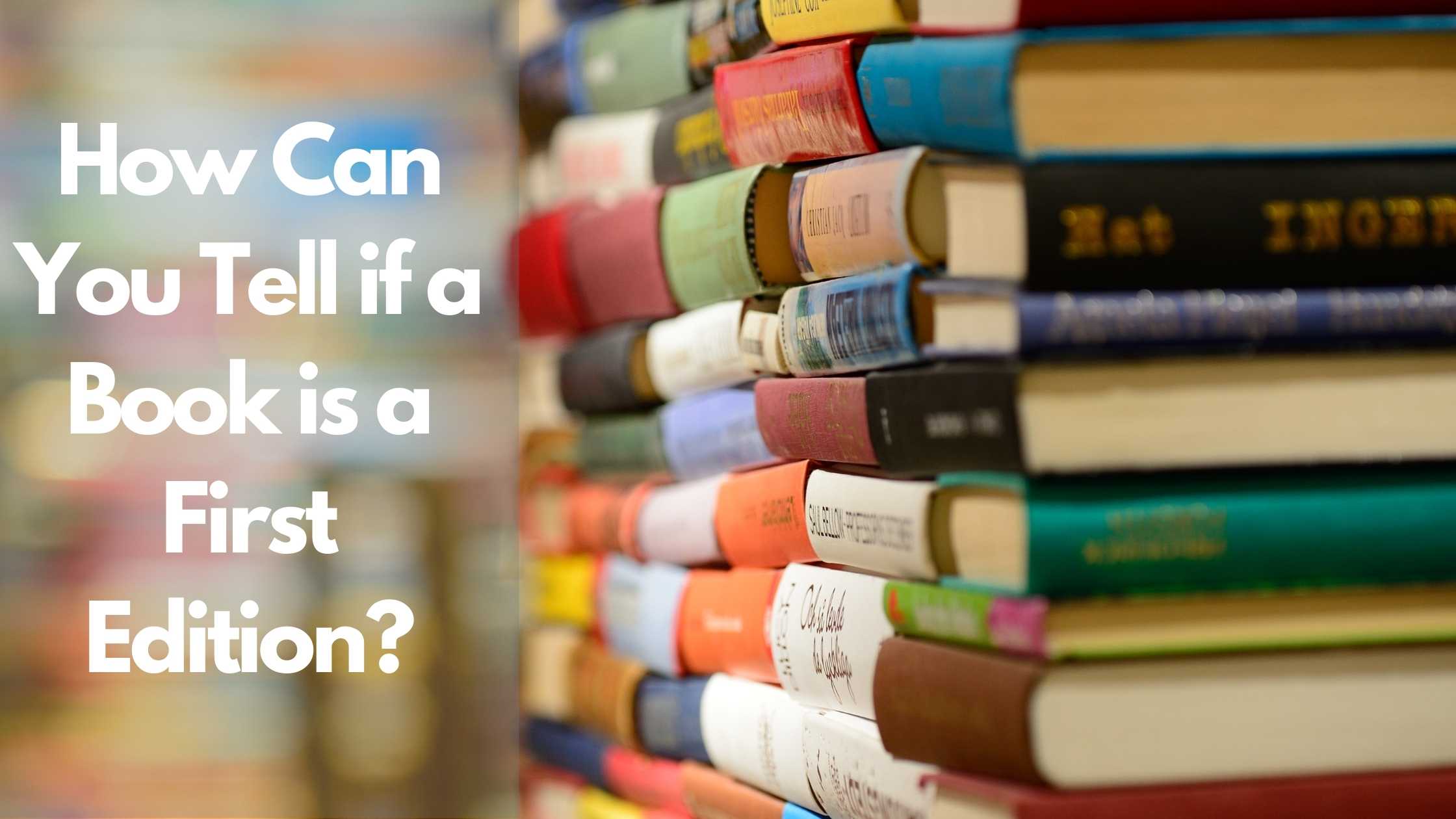
How Can You Tell if a Book is a First Edition?
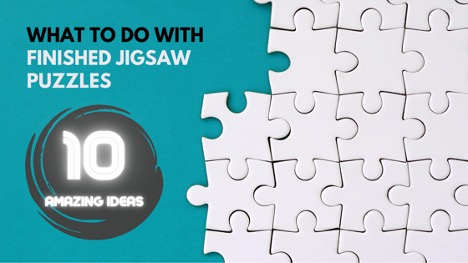
What to Do With Your Jigsaw Puzzle When Finished?
